Home>Articles>How To Replace A Water Pump On A Jeep Wrangler


Articles
How To Replace A Water Pump On A Jeep Wrangler
Modified: February 22, 2024
Learn how to replace the water pump on a Jeep Wrangler with our informative articles. Get step-by-step instructions and expert tips for a successful repair.
(Many of the links in this article redirect to a specific reviewed product. Your purchase of these products through affiliate links helps to generate commission for Storables.com, at no extra cost. Learn more)
Introduction
Replacing a water pump on a Jeep Wrangler is an important maintenance task that should not be overlooked. The water pump is responsible for circulating coolant throughout the engine, ensuring it stays at the optimal operating temperature. Over time, the water pump can wear out and fail, leading to engine overheating and potential damage.
In this comprehensive guide, we will walk you through the step-by-step process of replacing the water pump on a Jeep Wrangler. You don’t need to be a professional mechanic to tackle this job, as long as you have some basic tools and a willingness to get your hands dirty.
Before starting the water pump replacement, it’s important to gather all the necessary tools and materials. This will help you work efficiently and avoid unnecessary interruptions. Here’s a list of items you’ll need:
- Socket set
- Wrenches
- Screwdriver
- New water pump
- Gasket sealant
- Coolant
- Drain pan
Now that you’re ready to replace the water pump, let’s dive into the step-by-step process.
Key Takeaways:
- Proper maintenance of your Jeep Wrangler’s water pump is crucial for engine performance and longevity. By following the step-by-step guide and using the right tools, you can confidently replace the water pump and keep your vehicle running smoothly.
- Refilling the coolant and ensuring proper installation of the new water pump are essential steps in the replacement process. With attention to detail and adherence to the outlined procedures, you can complete the task and maintain your Jeep Wrangler’s optimal functionality.
Tools and Materials Needed
Before you get started on replacing the water pump on your Jeep Wrangler, make sure you have the following tools and materials on hand:
- Socket set: A socket set will come in handy for removing bolts and fasteners throughout the process.
- Wrenches: Different sizes of wrenches will be needed to loosen and tighten various components.
- Screwdriver: A screwdriver will be used to remove screws and connectors.
- New water pump: Ensure you have a new water pump that is compatible with your specific Jeep Wrangler model.
- Gasket sealant: You’ll need gasket sealant to create a tight seal between the new water pump and the engine block.
- Coolant: You’ll need coolant to refill the system once the replacement is complete.
- Drain pan: A drain pan will be used to capture the old coolant when draining the system.
Having these tools and materials readily available will make the water pump replacement process smoother and more efficient. Make sure to gather them before you start working on your Jeep Wrangler.
Once you have everything you need, it’s time to move on to the step-by-step process of replacing the water pump on your Jeep Wrangler.
Step 1: Drain the Coolant
The first step in replacing the water pump on your Jeep Wrangler is to drain the coolant from the system. This ensures that you can work on the water pump without coolant leaking everywhere. Follow these steps to drain the coolant:
- Locate the coolant drain plug: The drain plug is usually located on the bottom of the radiator or at the bottom of the engine block. Refer to your Jeep Wrangler’s manual to find the exact location of the drain plug.
- Place the drain pan under the plug: Position a drain pan beneath the drain plug to catch the coolant as it drains out.
- Unscrew the plug and let the coolant drain completely: Using a socket or wrench, carefully loosen and remove the coolant drain plug. Allow the coolant to fully drain from the system. This may take a few minutes.
Once the coolant has drained completely, you can move on to the next step in replacing the water pump of your Jeep Wrangler.
Step 2: Remove the Serpentine Belt
Now that the coolant has been drained, it’s time to remove the serpentine belt. The serpentine belt powers various engine components and needs to be taken off before you can access the water pump. Follow these steps to remove the serpentine belt:
- Locate the belt tensioner: The belt tensioner is a spring-loaded pulley that keeps tension on the serpentine belt. It’s usually located near the front of the engine. Refer to your Jeep Wrangler’s manual to find the exact location of the belt tensioner.
- Use a wrench to relieve tension on the belt: Insert the appropriate sized wrench into the square hole on the belt tensioner. Apply pressure in the opposite direction of the tension to release the tension on the serpentine belt. This will make it easier to remove the belt.
- Slide the belt off the pulleys: With the tension released, carefully slide the serpentine belt off the pulleys. Take note of the belt’s routing and make sure to remember it for when you reinstall the new water pump.
Once the serpentine belt is removed, you’re ready to move on to the next step in the water pump replacement process.
Step 3: Remove the Fan and Shroud
With the serpentine belt out of the way, it’s time to remove the fan and shroud assembly. This step will provide you with better access to the water pump and make the removal process easier. Follow these steps to remove the fan and shroud:
- Disconnect the electrical connector from the fan: Locate the electrical connector that attaches to the fan. Press the tab or release mechanism to disconnect the connector.
- Remove the bolts holding the fan and shroud in place: Depending on the year and model of your Jeep Wrangler, there may be several bolts or screws holding the fan and shroud assembly in place. Use a socket or wrench to carefully loosen and remove these bolts.
- Lift out the fan and shroud assembly: Once all the bolts are removed, carefully lift out the fan and shroud assembly from the engine bay. Take note of the orientation and arrangement of the components for when you reinstall them later.
With the fan and shroud assembly removed, you can now proceed to the next step in replacing the water pump on your Jeep Wrangler.
Read more: How To Store Jeep Wrangler Hard Top
Step 4: Remove the Old Water Pump
Now that you have removed the fan and shroud assembly, it’s time to remove the old water pump. Follow these steps to safely remove the old water pump:
- Disconnect the hoses from the water pump: Locate the hoses connected to the water pump. Depending on your Jeep Wrangler model, there may be one or more hoses attached. Use pliers or a clamp tool to loosen and remove the hose clamps. Then, carefully disconnect the hoses from the water pump.
- Remove the bolts securing the water pump to the engine block: Take note of the bolts that hold the water pump in place. Using a socket or wrench, carefully and systematically remove each bolt. Keep track of the bolts and their respective locations, as some may vary in size or length.
- Carefully pull out the old water pump: Once all the bolts are removed, gently pull the old water pump away from the engine block. Be careful not to damage any surrounding components or disturb the gasket material.
With the old water pump removed, you can move on to the next step in the water pump replacement process.
When replacing the water pump on a Jeep Wrangler, make sure to drain the coolant before starting the process to avoid any spills or mess.
Step 5: Install the New Water Pump
Now that you have removed the old water pump, it’s time to install the new one. Follow these steps to properly install the new water pump:
- Apply gasket sealant to the new water pump: Before mounting the new water pump, apply a thin layer of gasket sealant to the mounting surface. This will ensure a proper seal between the water pump and the engine block.
- Align the new pump with the mounting holes on the engine block: Carefully position the new water pump, aligning the mounting holes with those on the engine block. Double-check that the pump is properly oriented and positioned before proceeding.
- Secure the pump in place with bolts: Once the new water pump is aligned, insert and tighten the bolts. Start with hand-tightening and gradually torque them down in a crisscross pattern. Refer to your Jeep Wrangler’s manual for the specified torque values.
Make sure the new water pump is securely fastened to the engine block, but avoid overtightening the bolts, as this can damage the pump or create leaks. With the new water pump properly installed, you can proceed to the next step in the water pump replacement process.
Step 6: Reinstall the Fan and Shroud
With the new water pump securely installed, it’s time to reattach the fan and shroud assembly. Follow these steps to reinstall the fan and shroud:
- Lower the fan and shroud assembly back into position: Carefully position the fan and shroud assembly back into its original location in the engine bay. Make sure all the mounting holes align properly with the corresponding holes on the engine.
- Tighten the bolts to secure them: Once the assembly is in place, begin tightening the bolts or screws that secure the fan and shroud to the engine. Start by tightening them by hand, and then use a socket or wrench to securely fasten them. Ensure that the assembly is firmly attached but be careful not to overtighten and damage the components.
Double-check that all the bolts are properly tightened and that the fan and shroud assembly is secure. This will help prevent any movement or vibrations that could affect the water pump’s performance. With the fan and shroud properly reinstalled, you can move on to the next step in the water pump replacement process.
Step 7: Reinstall the Serpentine Belt
With the fan and shroud assembly securely in place, it’s time to reinstall the serpentine belt. Follow these steps to properly reinstall the belt:
- Route the belt around the pulleys: Take a close look at the belt routing diagram under the hood or refer to your Jeep Wrangler’s manual to ensure you route the serpentine belt correctly. Start by placing the belt around the crankshaft pulley and then loop it around the remaining pulleys in the specified sequence.
- Use a wrench to relieve tension and slide the belt onto the last pulley: Locate the belt tensioner, which is usually a spring-loaded pulley. Use a wrench to apply pressure in the opposite direction of the tension, relieving it temporarily. This will allow you to slide the belt onto the last pulley.
Ensure that the serpentine belt is properly seated on each pulley and aligns with the belt routing diagram. It’s important to have the belt properly tensioned to prevent slippage or damage. Double-check that the belt is accurately positioned, then release the tensioner slowly to apply tension to the belt.
With the serpentine belt reinstalled and properly tensioned, you can move on to the final step in the water pump replacement process.
Read more: How To Replace A Water Pump
Step 8: Refill the Coolant
After completing the water pump replacement, it’s crucial to refill the coolant to ensure proper engine cooling. Follow these steps to refill the coolant:
- Locate the coolant reservoir: The coolant reservoir is typically located near the radiator or on the side of the engine bay. Refer to your Jeep Wrangler’s manual to find the exact location of the coolant reservoir.
- Pour the coolant into the reservoir until full: Slowly pour the recommended coolant into the reservoir until it reaches the “Full” or “Max” mark. Be cautious not to overfill the reservoir as excessive coolant can cause pressure build-up or leaks.
As you pour the coolant, it will gradually flow into the radiator and throughout the cooling system. It’s important to use the correct type and mixture of coolant specified by the vehicle manufacturer.
Once the coolant reservoir is filled to the appropriate level, secure the cap tightly, ensuring a proper seal. Ensure that no coolant spills or leaks during this process.
With the coolant properly refilled, you have successfully completed the water pump replacement on your Jeep Wrangler. Take a moment to inspect the surrounding area for any signs of leaks and perform a final check to ensure all connections and components are secure.
Remember to properly dispose of any old coolant and follow local regulations for hazardous waste disposal. Consult your local recycling center or auto repair shop for proper disposal methods.
Congratulations on completing this maintenance task and keeping your Jeep Wrangler running smoothly!
Conclusion
Replacing a water pump on your Jeep Wrangler is an essential maintenance task that ensures your engine stays cool and operating at its best. By following the step-by-step process outlined in this guide, you can confidently tackle this project and keep your Jeep running smoothly for years to come.
Throughout this guide, we covered the necessary tools and materials needed, including a socket set, wrenches, screwdriver, a new water pump, gasket sealant, coolant, and a drain pan. Having these items readily available will help you work efficiently and minimize interruptions during the water pump replacement.
We walked you through each step, starting with draining the coolant and removing the serpentine belt, followed by removing the fan and shroud assembly, the old water pump, and then installing the new water pump. We also provided instructions on how to properly reinstall the fan and shroud assembly, serpentine belt, and refill the coolant.
It’s important to take your time during each step, double-checking your work, and ensuring that everything is properly aligned and tightened. Following the correct sequence of actions and referring to your Jeep Wrangler’s manual will help you avoid any unnecessary complications.
Remember, working on your vehicle requires a certain level of mechanical skill and understanding. If you feel uncomfortable or unsure at any point during the water pump replacement process, it’s always wise to consult a professional mechanic to ensure the job is done correctly and safely.
By taking the time to replace the water pump on your Jeep Wrangler, you are investing in the longevity and performance of your vehicle. Regular maintenance and timely replacement of critical components like the water pump will keep your Jeep running smoothly and help prevent costly repairs down the road.
So, don’t hesitate to tackle this task and keep your Jeep Wrangler running cool and reliable. With the right tools, materials, and following the step-by-step instructions provided in this guide, you’ll be able to replace the water pump with confidence and enjoy many more adventures with your Jeep.
Frequently Asked Questions about How To Replace A Water Pump On A Jeep Wrangler
Was this page helpful?
At Storables.com, we guarantee accurate and reliable information. Our content, validated by Expert Board Contributors, is crafted following stringent Editorial Policies. We're committed to providing you with well-researched, expert-backed insights for all your informational needs.
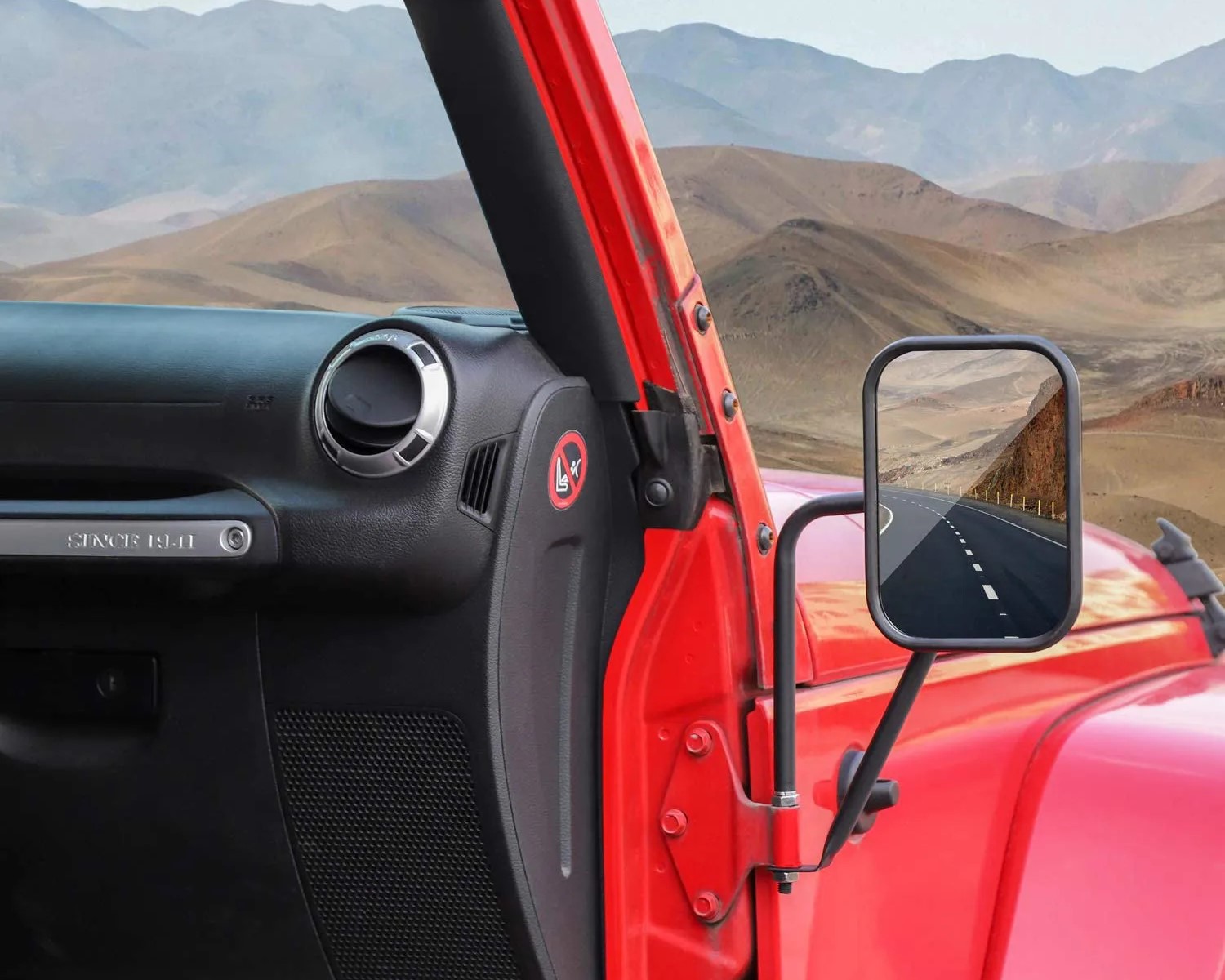
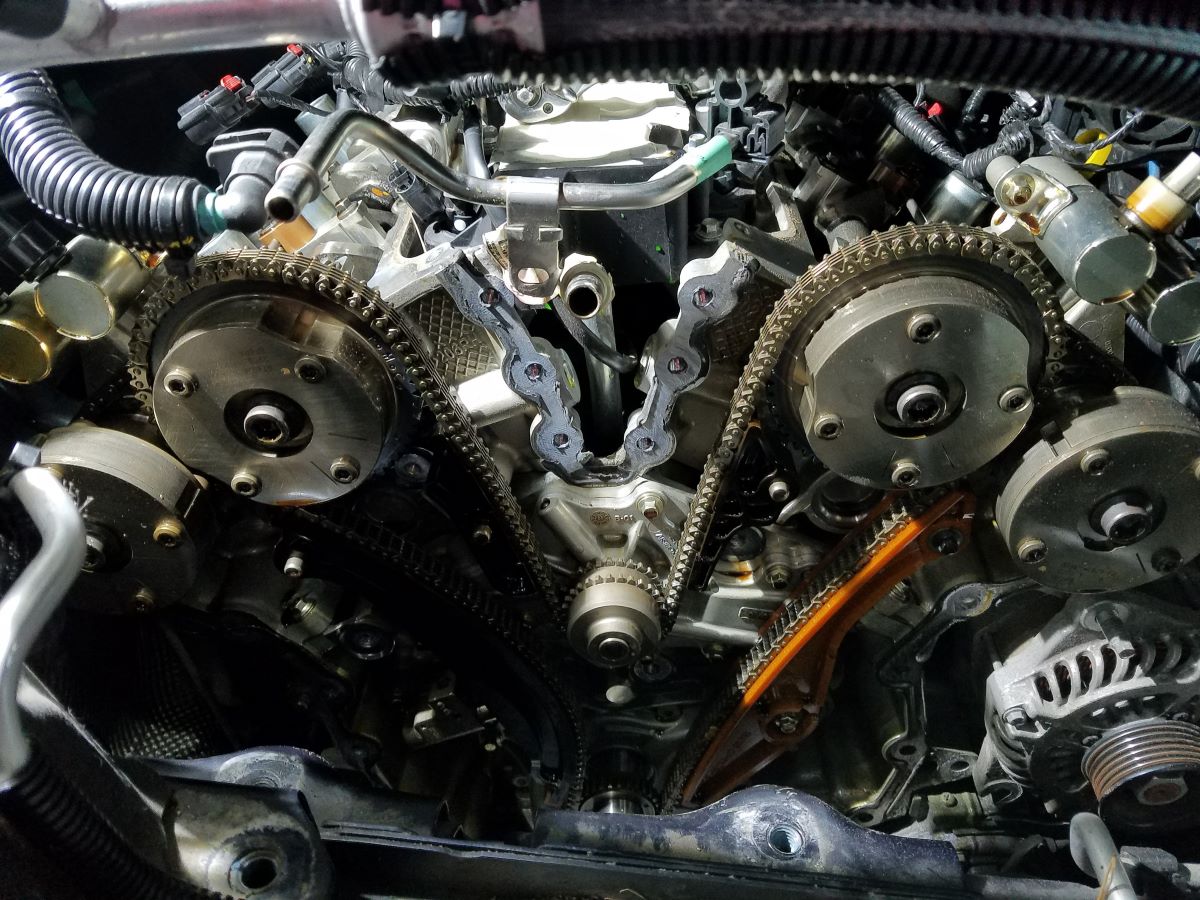
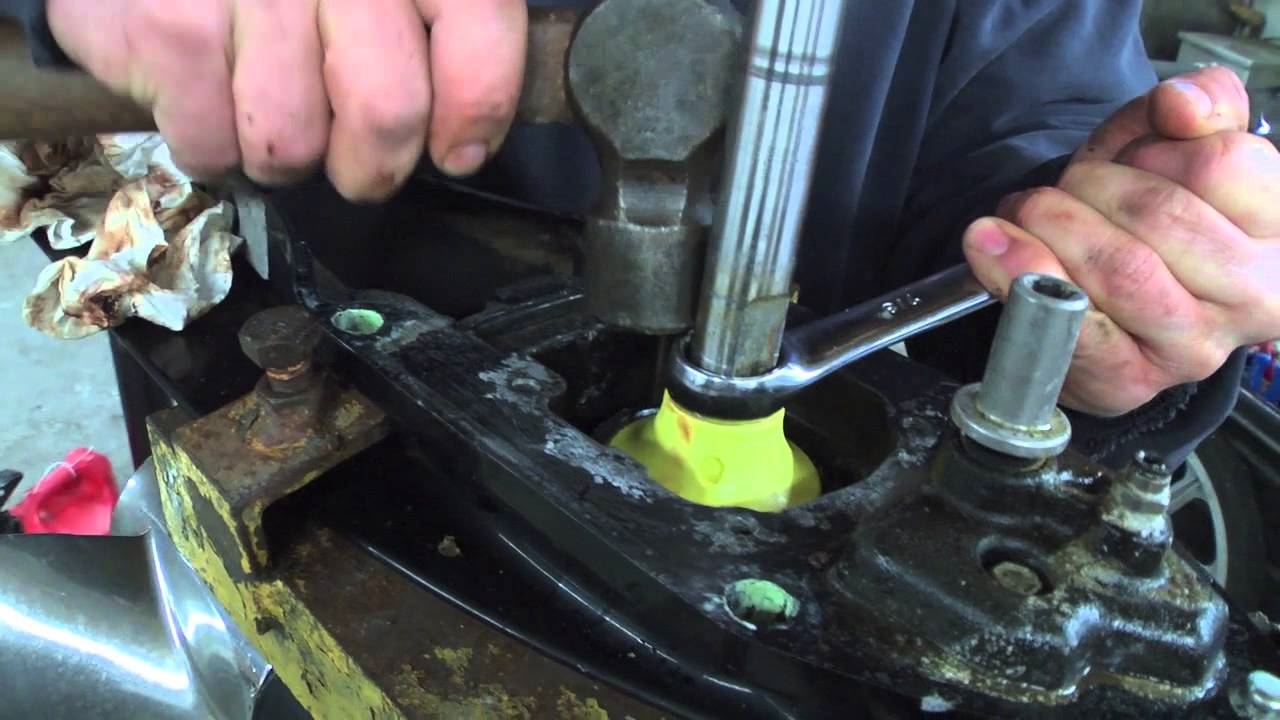
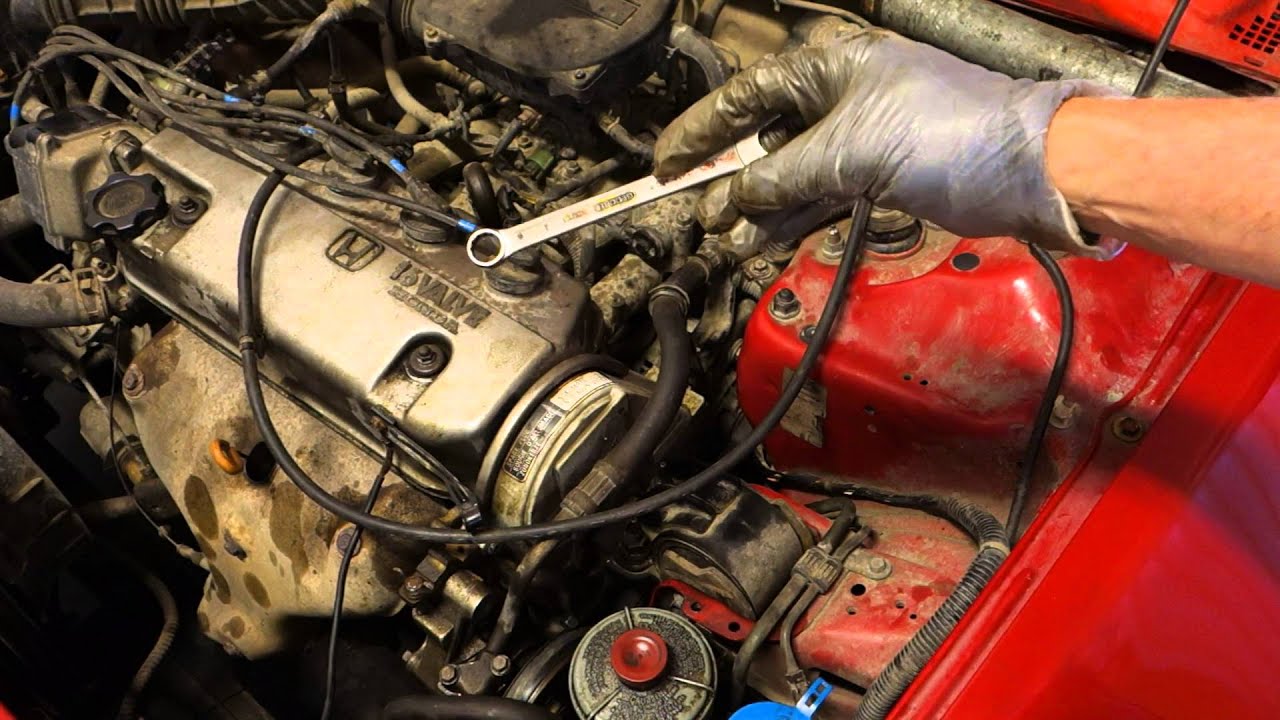
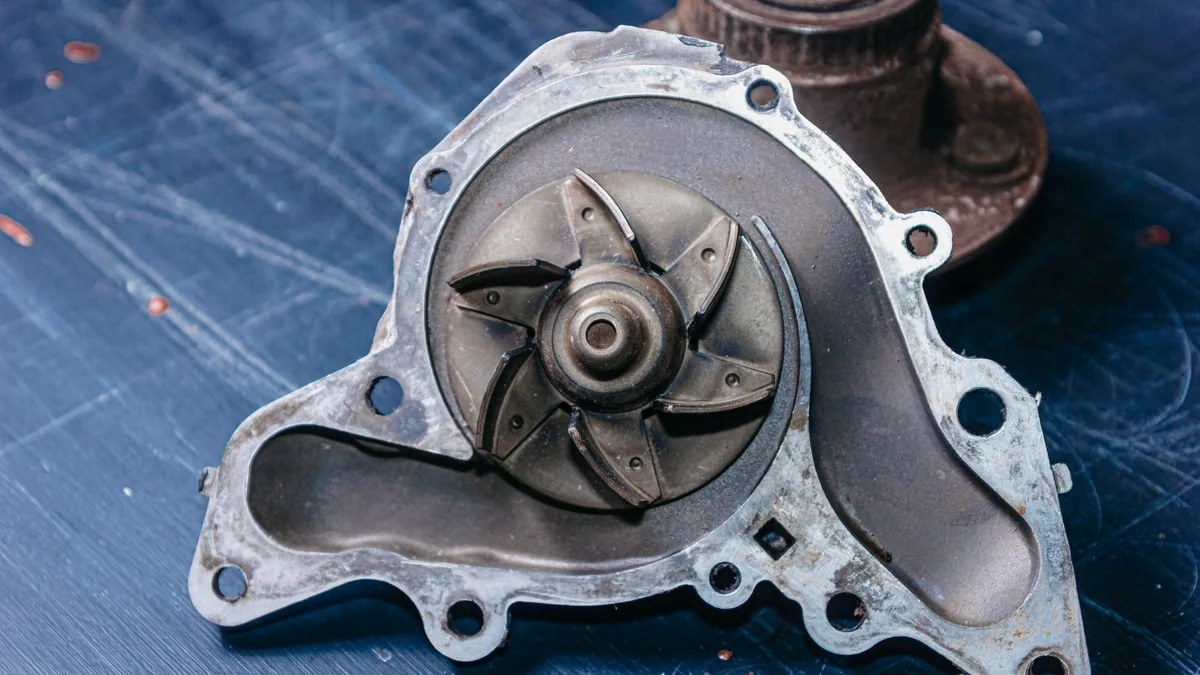
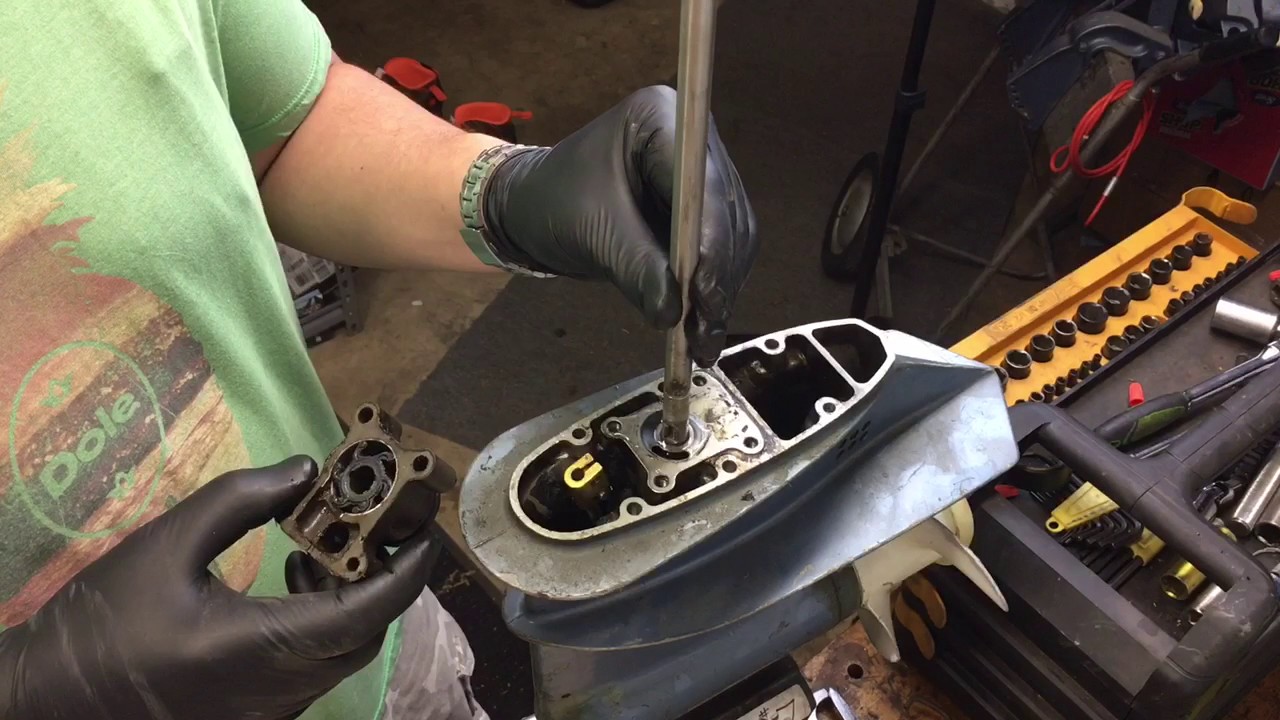
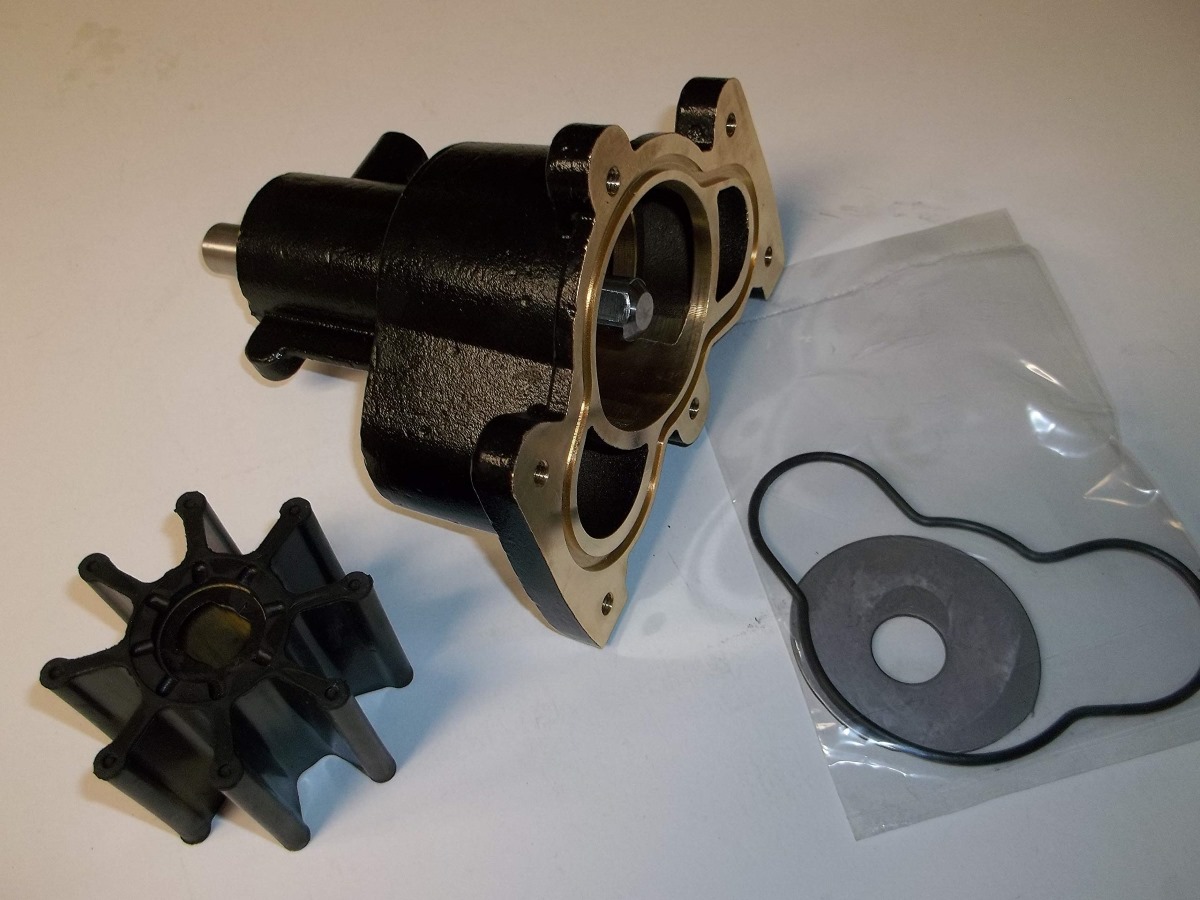
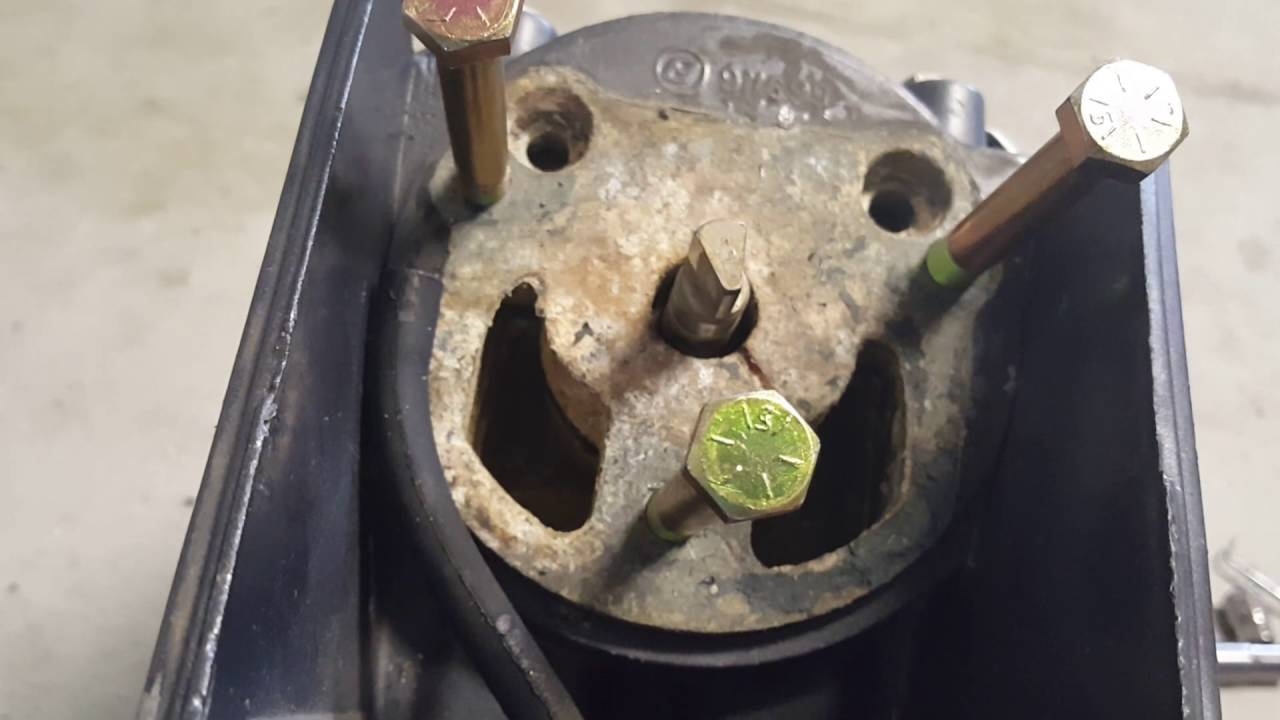
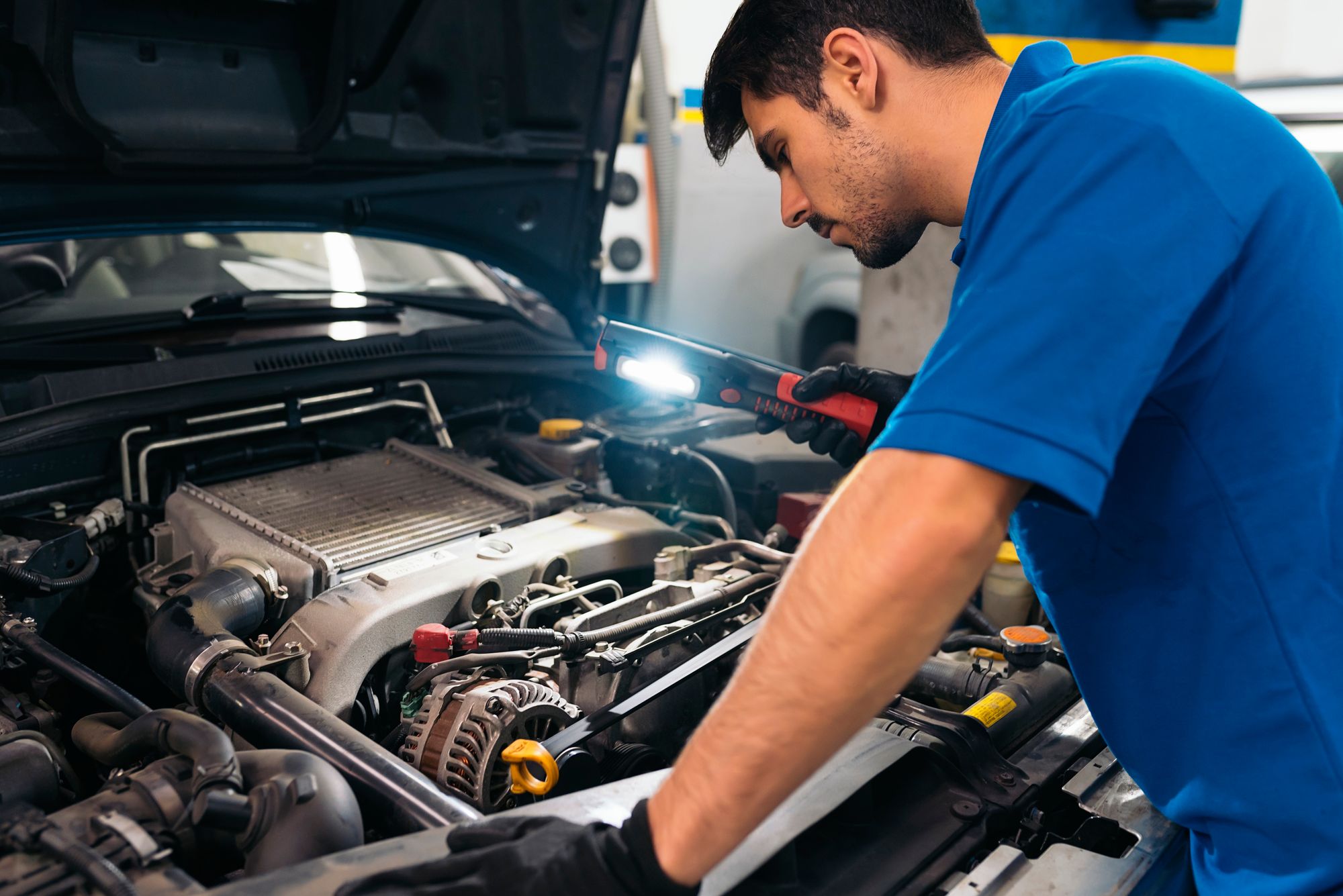
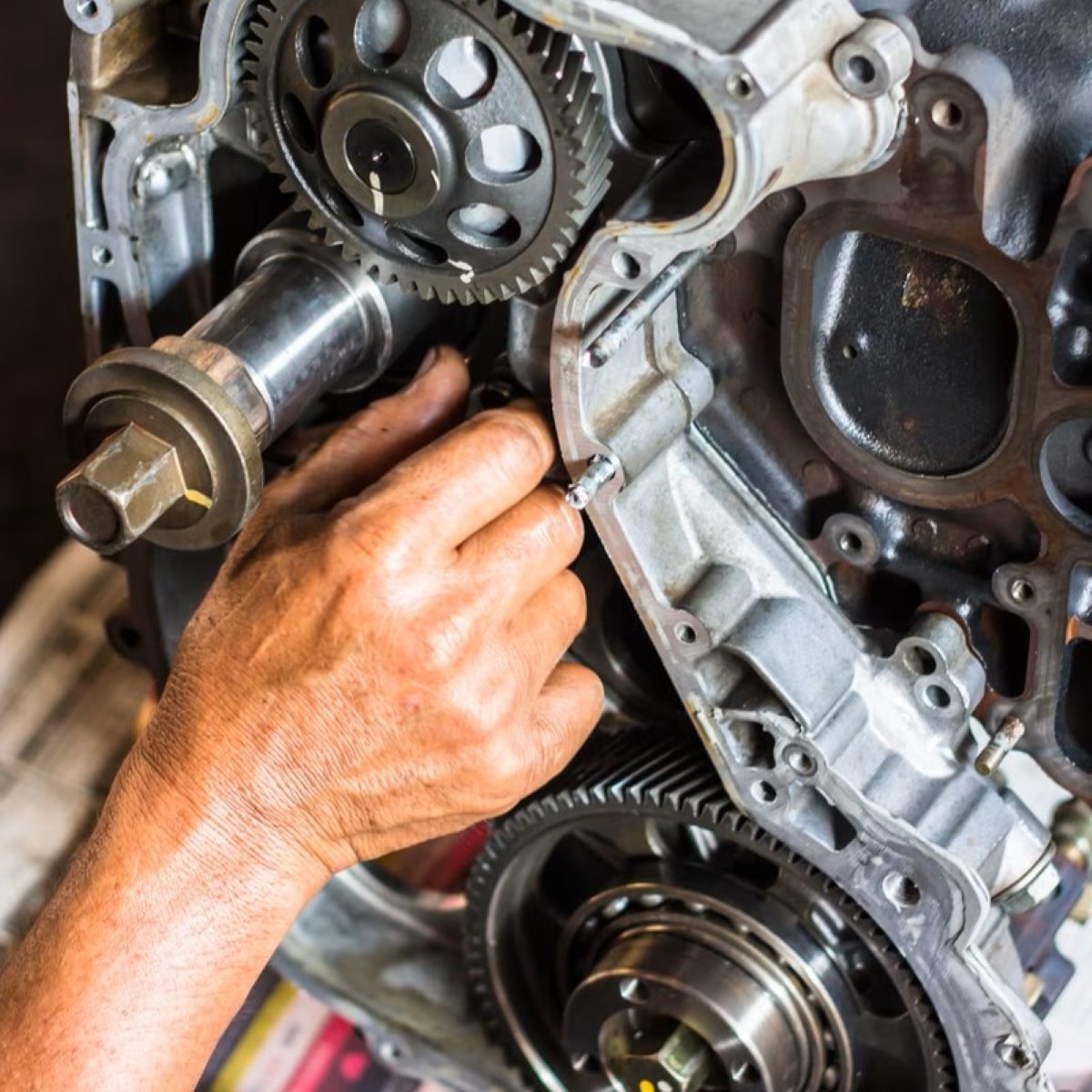
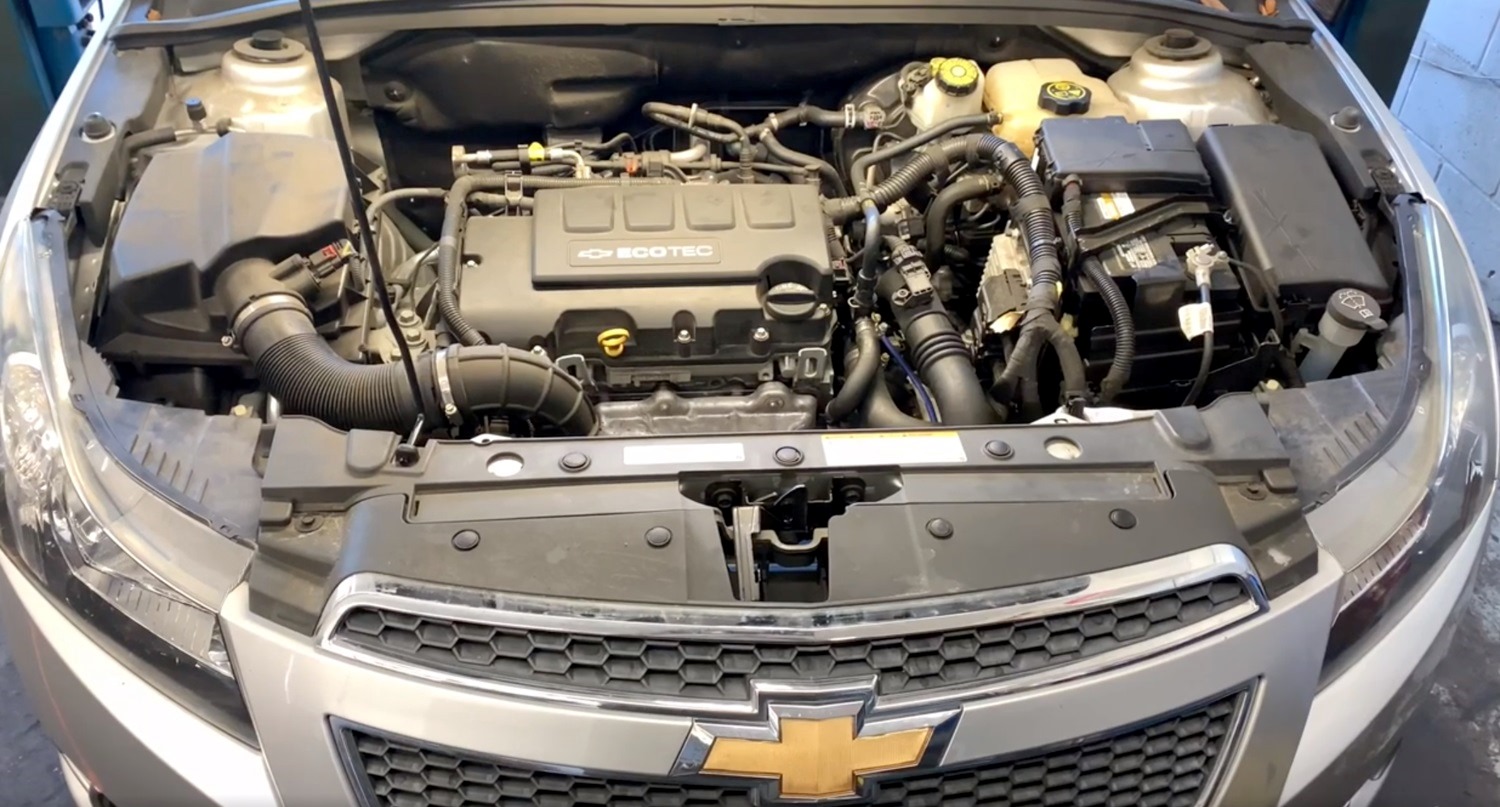
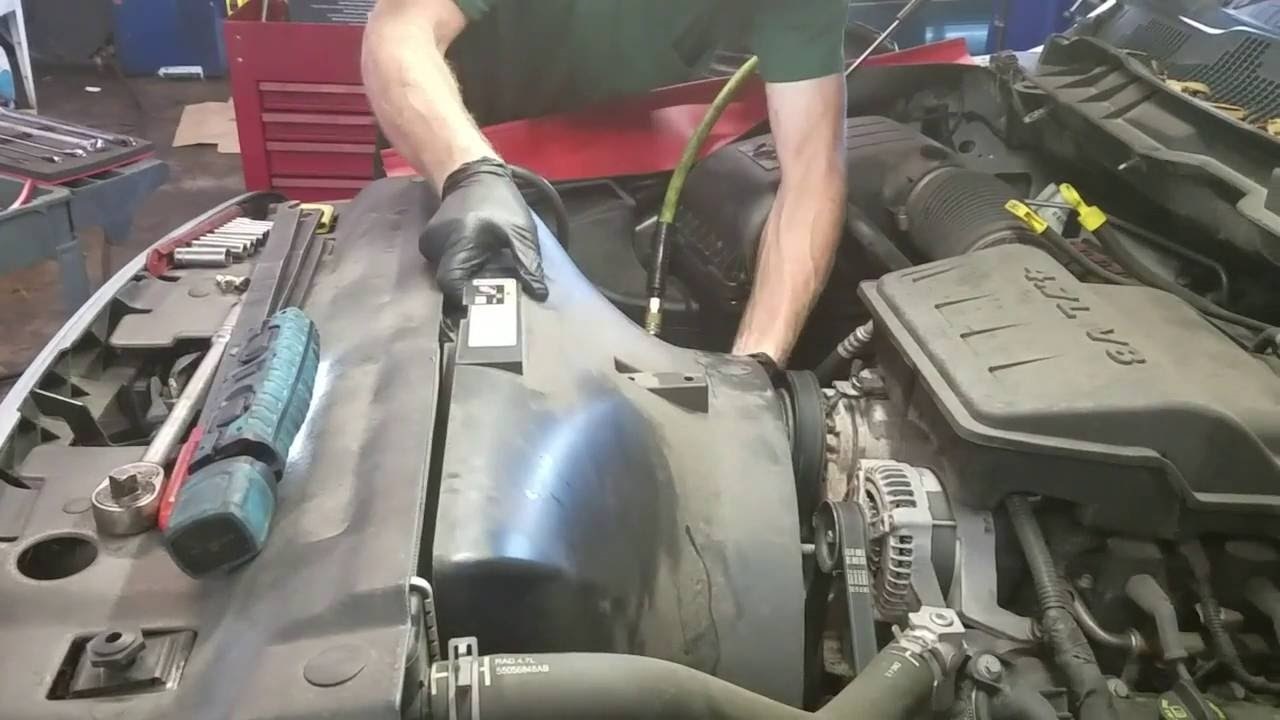
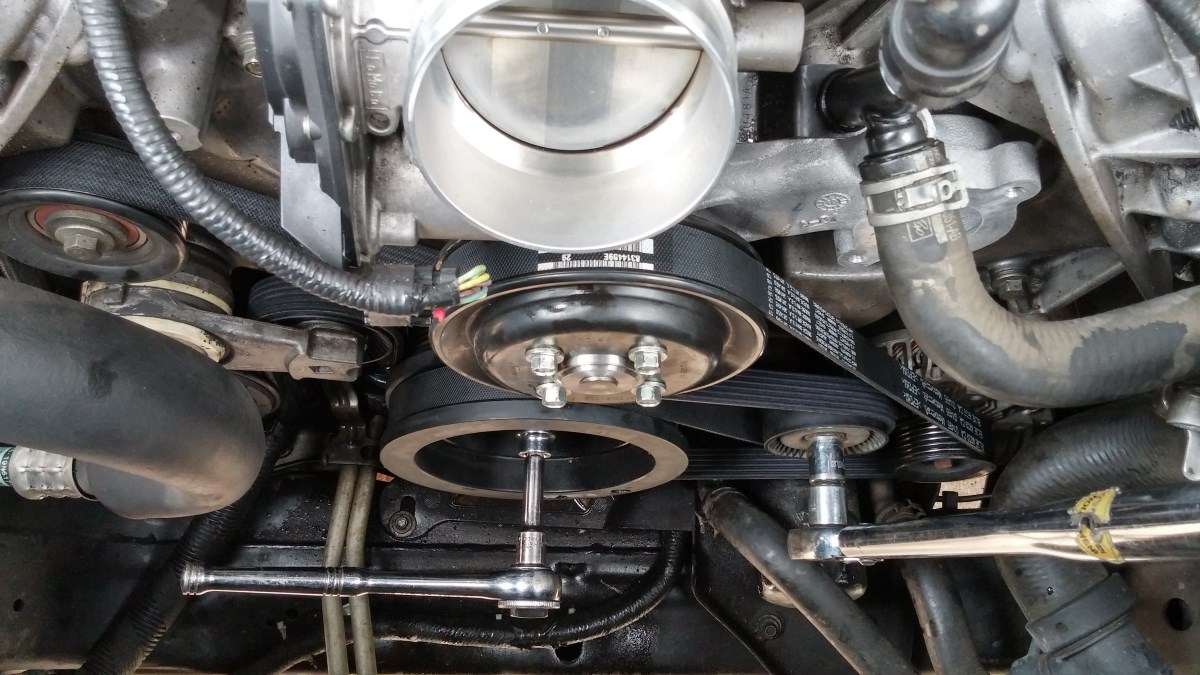

0 thoughts on “How To Replace A Water Pump On A Jeep Wrangler”